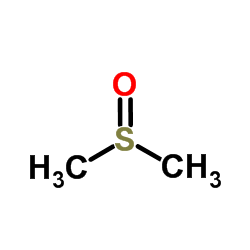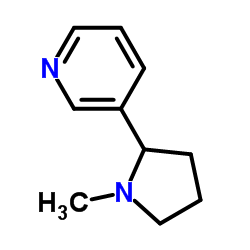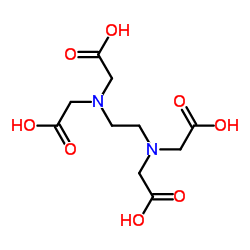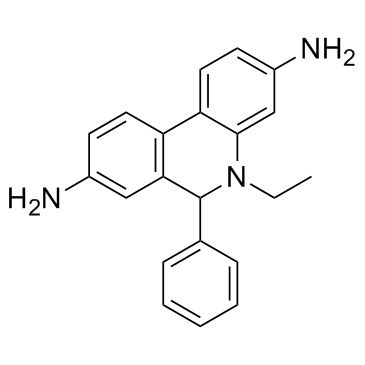| Structure | Name/CAS No. | Articles |
|---|---|---|
 |
Acetylcysteine(N-acetylcysteine)
CAS:616-91-1 |
|
 |
L-Nicotine
CAS:54-11-5 |
|
 |
Dimethyl sulfoxide
CAS:67-68-5 |
|
 |
(±)-nicotine
CAS:22083-74-5 |
|
 |
Ethylenediaminetetraacetic acid
CAS:60-00-4 |
|
 |
Dihydroethidium
CAS:104821-25-2 |
|
 |
Hexamethonium bromide
CAS:55-97-0 |
|
 |
8-Octanoyloxypyrene-1,3,6-trisulfonic acid trisodium salt
CAS:115787-84-3 |